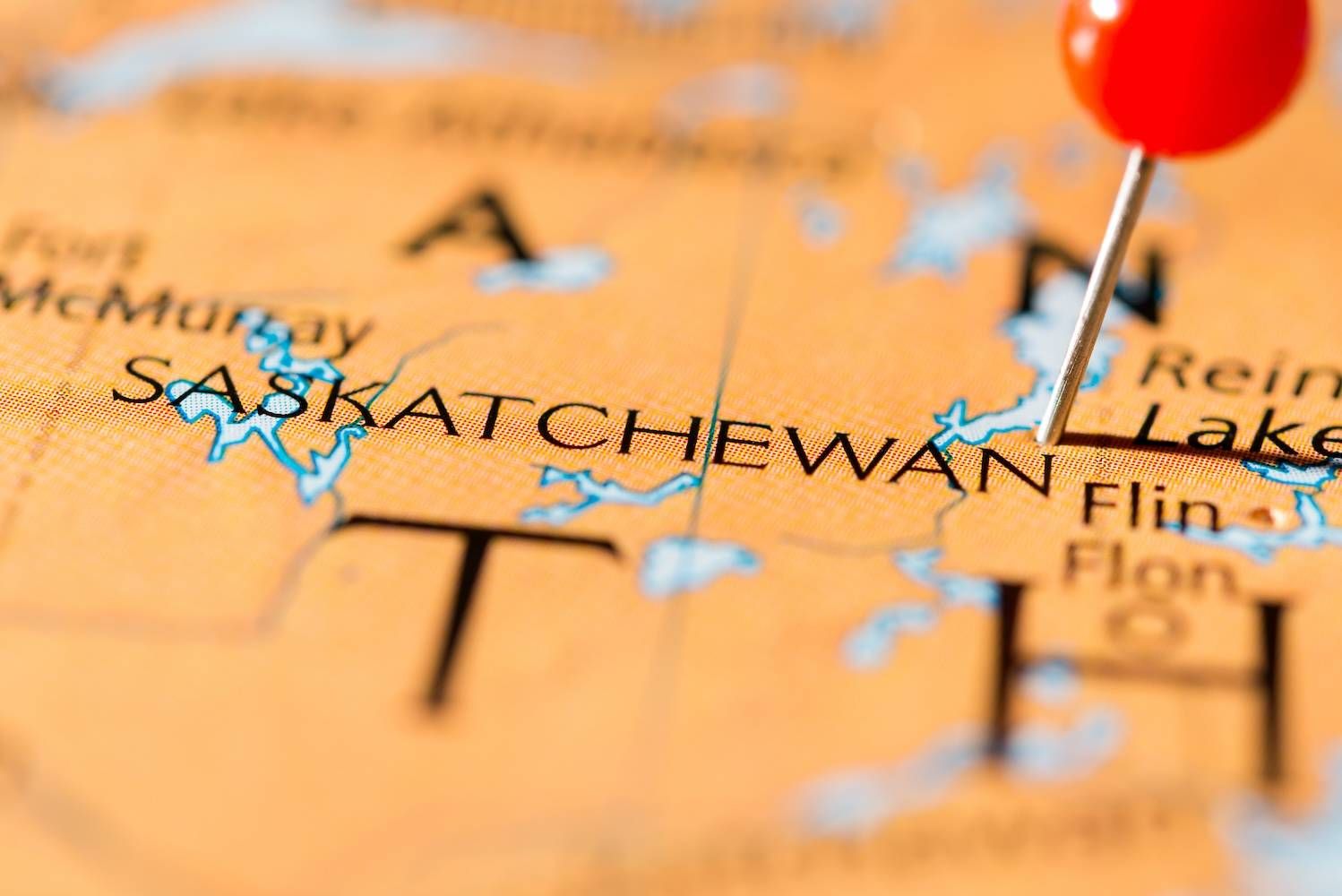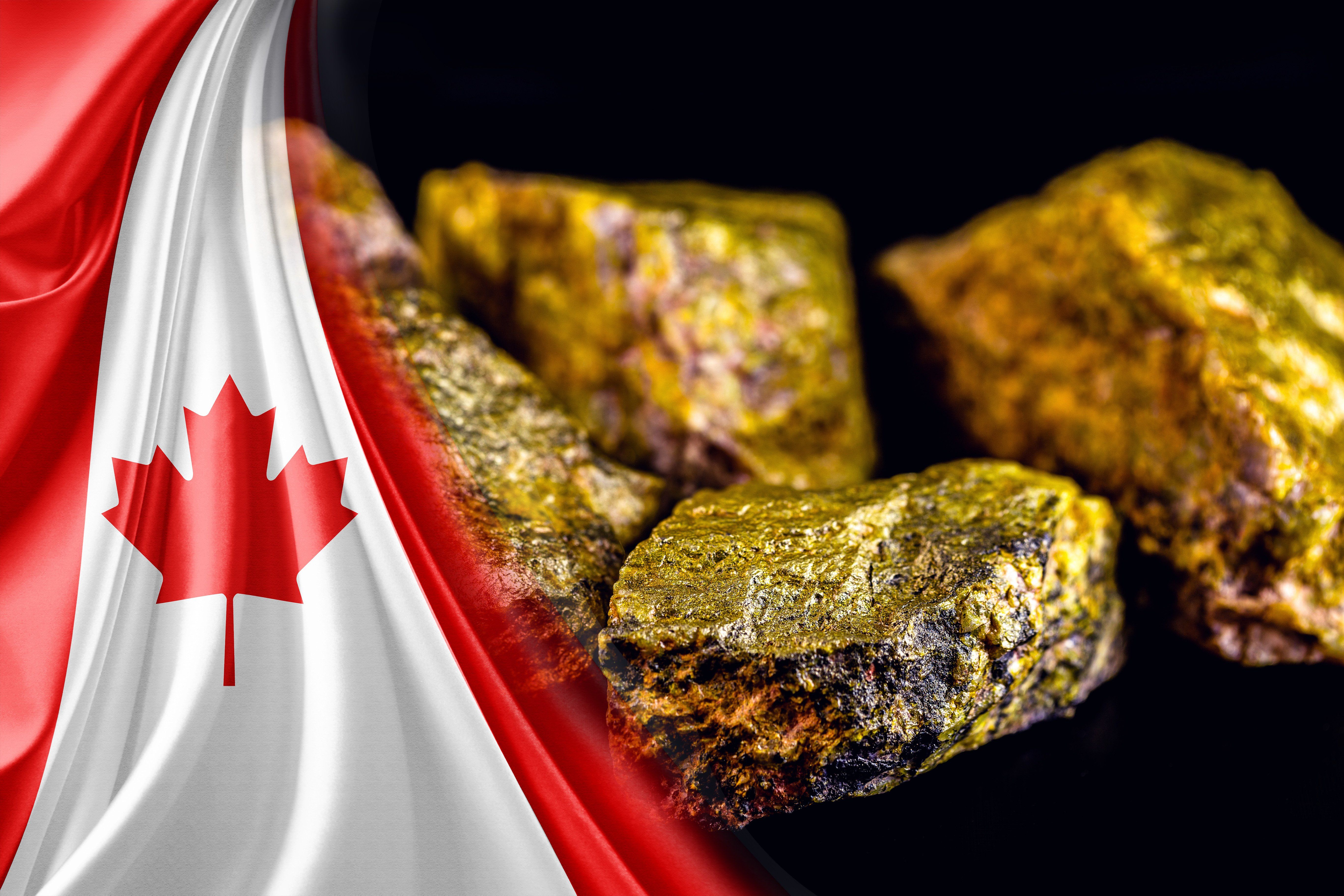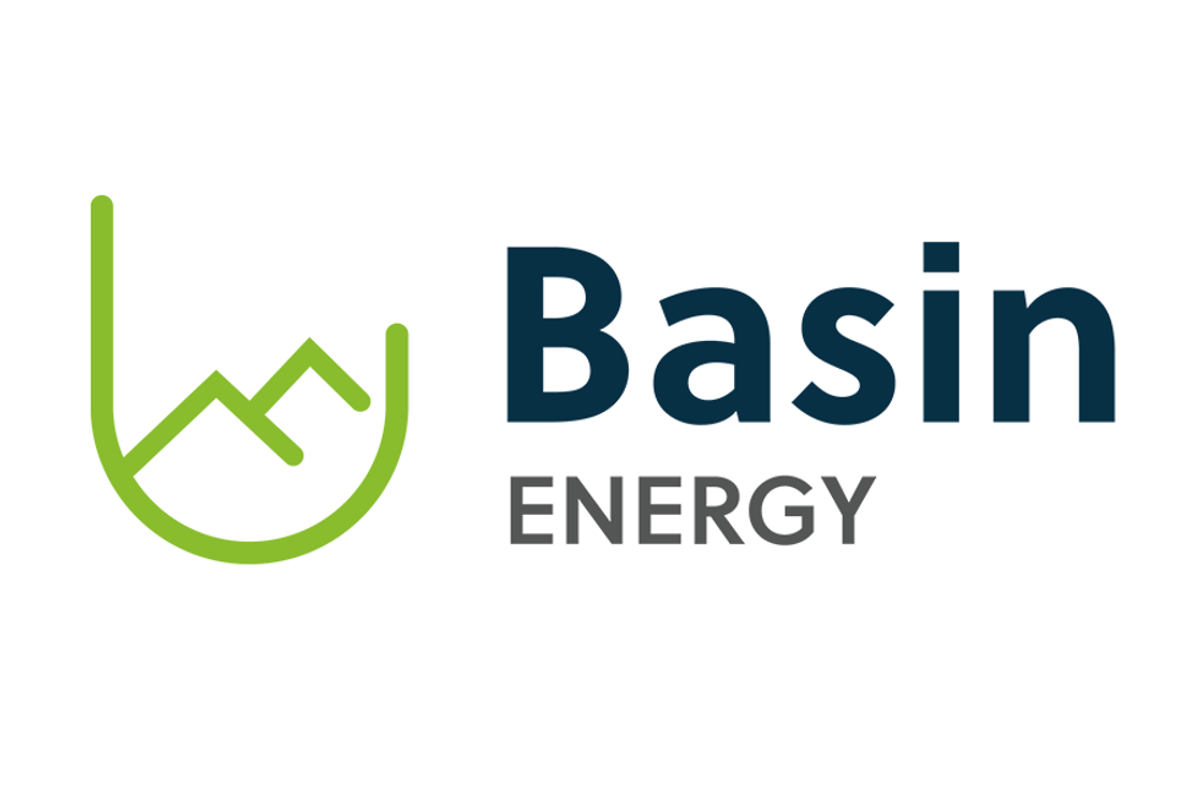Energy stocks started off weak but finished strong. Energy stocks, as measured by the XLE Energy Index, declined sharply in the first half of the quarter falling as much as 16%. The second half of the quarter was a different story with the index regaining lost ground and finishing within 0.04 points, or 0.01% of where it began. Stock performance followed oil prices. WTI oil prices began the quarter at $75.23/bbl., fell to as low as $62.32/bbl., and then shot up sharply to $75.88/bbl. One would have to go back to 2014 to find higher oil prices. What's more, oil prices show no signs of letting up. Drilling rig count has started to increase, but not at a level one would expect for this oil price level. The WTI oil futures curve shows oil prices declining on the out months but staying above $74/bbl. through December. The rise in oil prices is impressive, but it pales in comparison to the jump in natural gas prices. Henry Hub gas prices rose 53% during the quarter and are now trading at a level of $5.619/mcf. One would have to go back to 2008 to find natural gas prices this high. Interestingly, the rise has come during the normally quiet summer months. The race to refill storage units that began in March has been negatively impacted by tepid drilling activity combined with high gas demand due to hot weather this summer. Natural gas future prices rise through the high-demand months of winter. The January contract, for example, trades at $5.85/mcf. The rebound in oil and natural gas prices came faster than expected and is staying higher than we would have expected. We have been adjusting our models to reflect higher prices but are maintaining our long-term oil price forecast of $50 per barrel and $2.50 per mcf. Energy companies should start reporting positive cash flow at these prices and increasing drilling budgets. Our near-term outlook for energy stocks remains positive. Wells being drilled today at current prices are generating cash flow to repay drilling costs in a matter of months, not years. We expect companies to report favorable results for the next few quarters. We recommend investor shift their attention to companies with active drilling programs and a plethora of drilling options. Read More >>
- NORTH AMERICA EDITIONAustraliaNorth AmericaWorld
October 03, 2021
News Provided by Channelchek via QuoteMedia
The Conversation (0)
23 December 2025
Lobo Tiggre: Supply Tight, Demand Strong, What's Next for the 2026 Uranium Market?
Lobo Tiggre, CEO of IndependentSpeculator.com, described uranium’s key role in providing baseload energy, a narrative that is only being heightened by added artificial intelligence data center and electric vehicle (EV) demand projections. “The use case is baseload power. There’s no substitution,... Keep Reading...
22 December 2025
Ben Finegold: Uranium in 2026 — Price Outlook, Plus Stocks, Supply and Demand
Ben Finegold, head of research at Ocean Wall, shares his 2026 outlook for uranium supply, demand and prices, emphasizing that the nuclear energy story remains strong. While 2025 brought little movement in the spot price, he believes the stage is set for higher numbers. Don't forget to follow us... Keep Reading...
19 December 2025
Denison, Skyharbour Finalize Saskatchewan Uranium Joint Venture Deal
Denison Mines (TSX:DML,NYSEAMERICAN:DNN) has closed a previously announced deal with Skyharbour Resources (TSXV:SYH,OTCQX:SYHBF) that repurposes a large block of uranium exploration ground surrounding Denison's flagship Wheeler River project in Northern Saskatchewan.The recent transaction... Keep Reading...
18 December 2025
5 Best-performing Canadian Uranium Stocks of 2025
The uranium market moved through 2025 with less drama than the previous year, but the quieter tone masked a sector where supply is still tightening beneath the surface. After 2024’s surge to two decade highs, U3O8 prices traded in a narrower range in 2025, slipping to a low of US$63.71 per pound... Keep Reading...
18 December 2025
Resource Expansion Drilling Confirms 3,000 metres of New Uranium Trends with Best Drill Hole of 1.4 GT over 7.6 metres
Resource expansion drilling of 50 holes completed at Lo Herma as planned yielding significant mineralised extensions over 3km to the north of proposed Mine Units 1 and 2. Drilling delivered AMU’s strongest intercept to date ahead of 2026 MRE and Scoping Study updates at AMU’s flagship Lo Herma ISR Uranium Project in Wyoming’s Powder River Basin.
American Uranium Limited (ASX:AMU, OTC:AMUIF) (American Uranium, AMU or the Company) is pleased to advise that 2025 resource expansion drilling at its Lo Herma ISR uranium project in Wyoming’s Powder River Basin (Lo Herma, the Project) has been completed according to plan with the drilling of 50... Keep Reading...
17 December 2025
Completes phase one drilling and expands Sybella-Barkly
Basin Energy (BSN:AU) has announced Completes phase one drilling and expands Sybella-BarklyDownload the PDF here. Keep Reading...
Latest News
Interactive Chart
Latest Press Releases
Related News
TOP STOCKS
American Battery4.030.24
Aion Therapeutic0.10-0.01
Cybin Corp2.140.00





